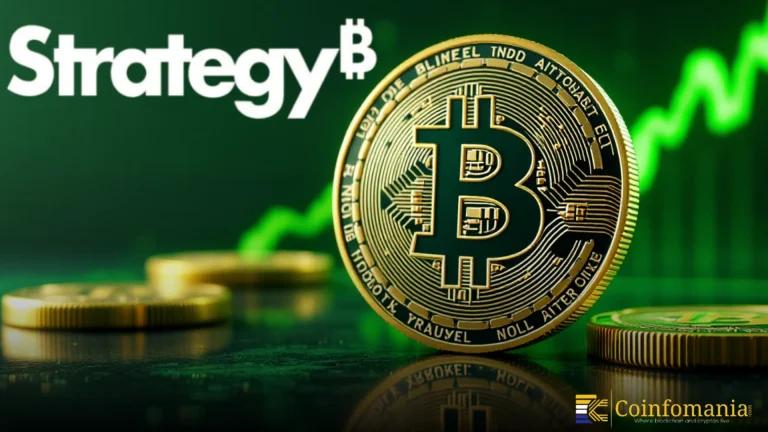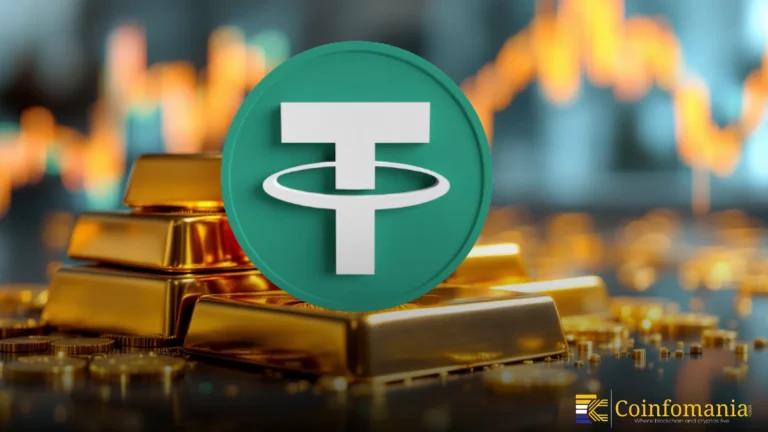RBI Approves Blockchain Platform For MSME Financing In India
RBI’s approval of IBDIC’s blockchain platform for MSME financing marks a turning point for India’s financial ecosystem. This is the first sandbox exit under the central bank’s theme-neutral model, and it shows clear regulatory trust in enterprise blockchain. What makes this important is not just the technology itself, but the way it reshapes supply chain […]
RBI’s approval of IBDIC’s blockchain platform for MSME financing marks a turning point for India’s financial ecosystem. This is the first sandbox exit under the central bank’s theme-neutral model, and it shows clear regulatory trust in enterprise blockchain. What makes this important is not just the technology itself, but the way it reshapes supply chain finance in a country where MSMEs contribute over 30 percent of GDP yet face a funding gap of more than Rs 20-25 lakh crore.
Faster MSME Financing With Tokenized Invoices
The mechanics are simple but powerful. When large companies approve invoices from their suppliers, those invoices are converted into digital tokens on the blockchain. Instead of waiting weeks or months for payments, even tier-2 and tier-3 MSMEs can take these tokens to banks and get working capital almost immediately. For lenders, every transaction is recorded on a shared ledger, making it nearly impossible to duplicate invoices or manipulate records. That reduces credit risk while cutting out piles of manual paperwork and delays.
Sandbox Exit Shows Model Is Ready For Scale
The sandbox exit is significant because it shows the RBI is confident this model can operate at scale under real-world conditions. Unlike public crypto networks, this blockchain is permissioned. Only verified banks, anchor corporates, and MSMEs participate, which strikes the right balance between transparency and data privacy. It also aligns with India’s regulatory requirements on data localization and financial compliance.
The credibility of this platform is strengthened by the institutions backing it. ICICI Bank, HDFC Bank, Yes Bank, and Aditya Birla Capital were not just testing partners. They helped prove the system works in practice. Their balance sheets and reputation lower barriers for smaller lenders and businesses to come on board, creating a network effect that will be critical for adoption.
Connecting Blockchain To Digital Public Infrastructure
Zooming out, this fits neatly into India’s broader digital public infrastructure. Aadhaar built a universal identity layer, and UPI redefined digital payments. Now, a blockchain platform could extend that foundation into supply chain credit. Together, these layers create a modular ecosystem where identity, payments, and financing work together. It has the potential to reduce onboarding times for MSMEs from months to days and bring millions of smaller firms into formal finance.
Blockchain Use Cases Beyond MSME Financing
The impact stretches well beyond MSME financing. By endorsing this blockchain platform, the RBI is signaling that permissioned blockchains have a role in mainstream financial systems. That opens doors for other applications trade finance, government procurement, agricultural supply chains, and even carbon credits. These are the areas where transparency and real-time settlement can create massive efficiency gains.
Standards for things like APIs, token formats, and governance still need to be created so different platforms can work together. Some industry groups are already building frameworks for interoperability. If India manages to get this right, it could set a strong example. Other emerging economies might follow, using blockchain in a more stable way. So that it can be used without the risks and volatility that come with open crypto markets.
The blockchain might be a practical solution to a long-standing credit bottleneck. By addressing gaps in supply chain finance, the platform reduces friction for lenders, provides faster access to capital for MSMEs, and gradually embeds blockchain into India’s digital financial backbone. It looks less like a disruptive experiment and more like a natural extension of the country’s push for digital public infrastructure.
Follow us on Google News
Get the latest crypto insights and updates.


